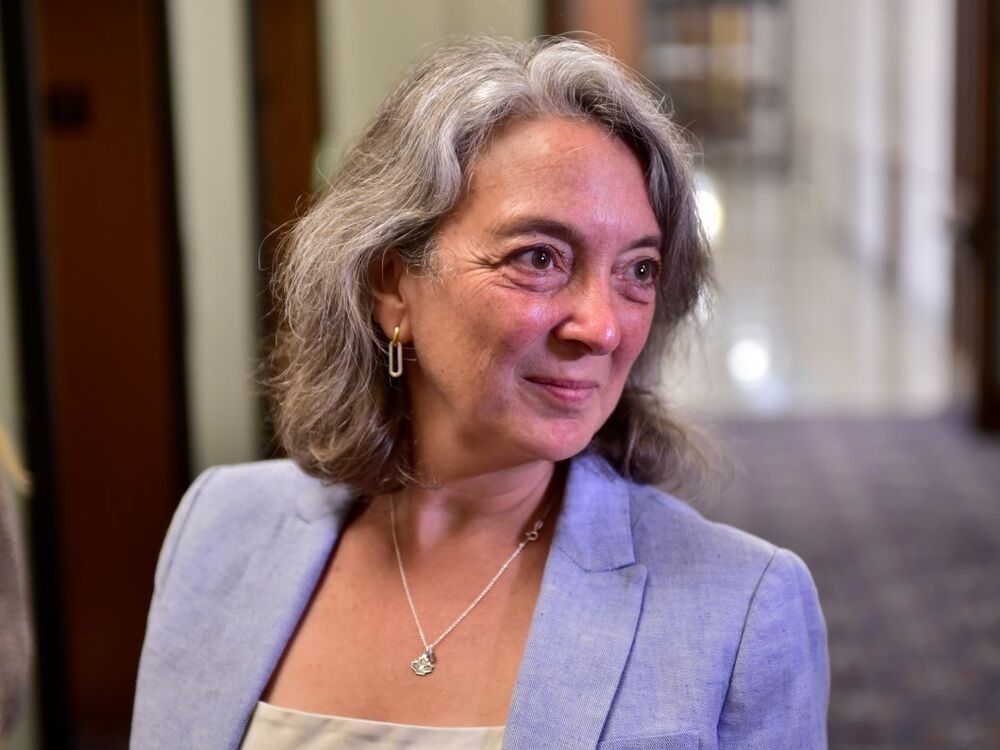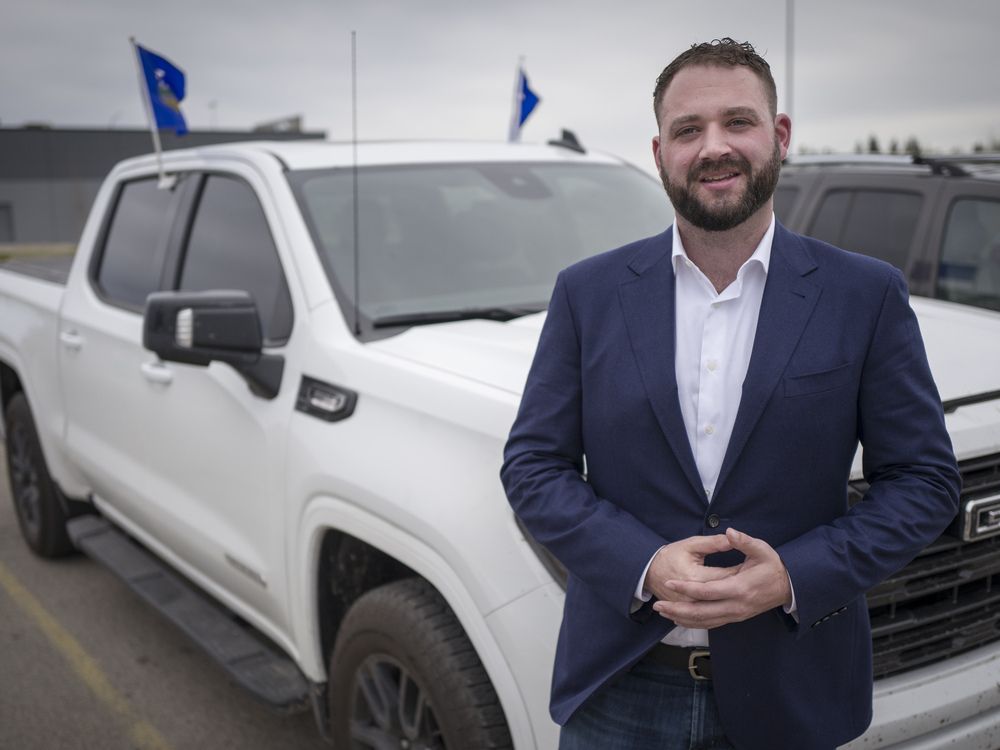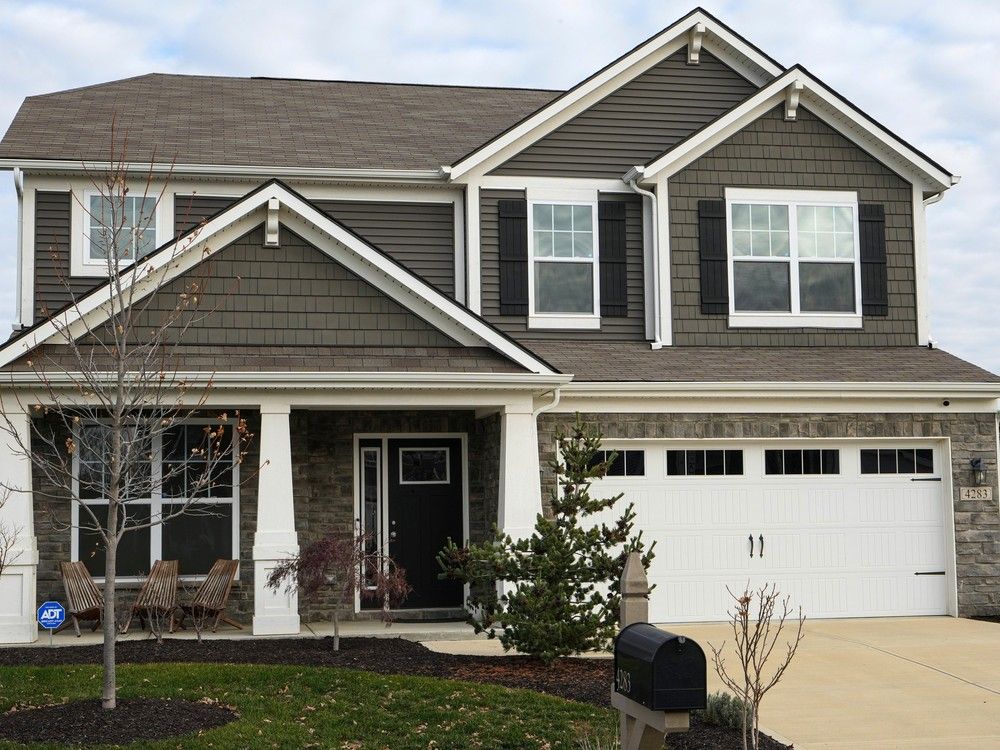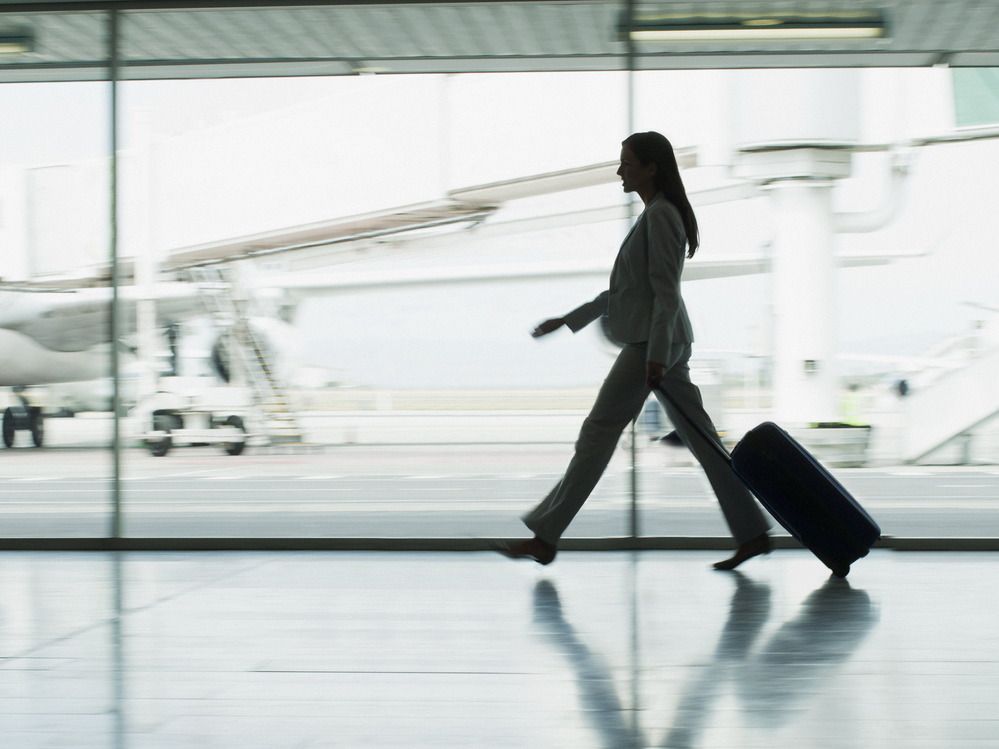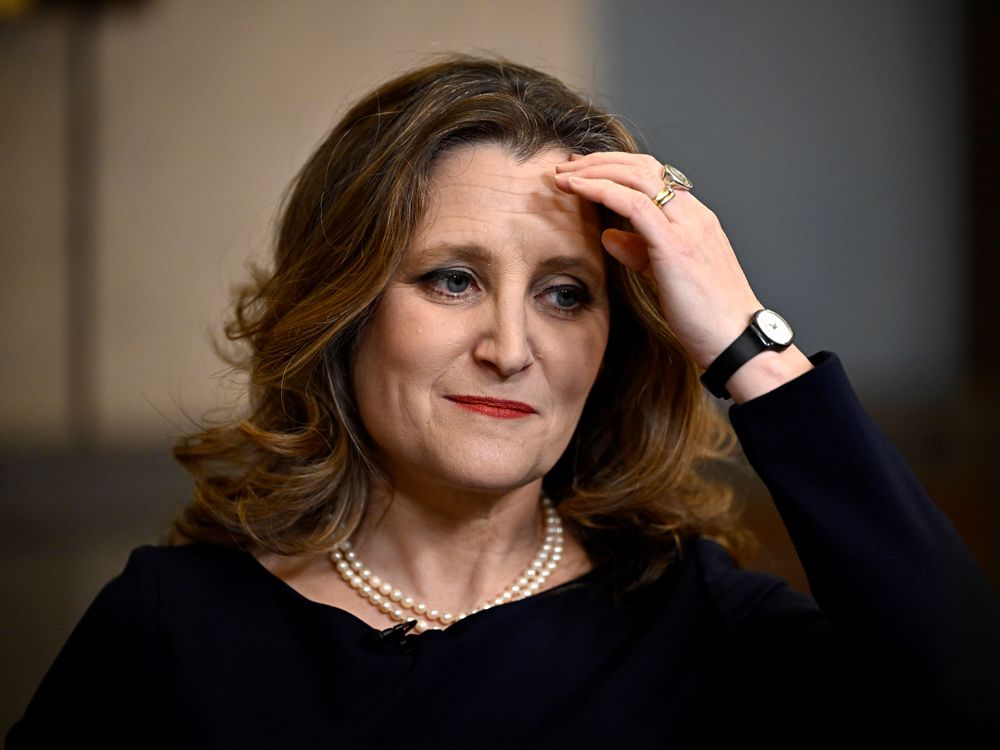
Recently resigned federal Liberal cabinet minister and former deputy prime minister Chrystia Freeland will be the next Warden of Rhodes House and CEO of the Rhodes Trust, the U.K.-based global educational charity’s trustees announced Tuesday.
Freeland herself is a Rhodes Scholar, having obtained a master’s degree in Slavonic Studies from the University of Oxford’s St. Antony’s College, where the study focuses on international relations and regional studies.
“Having personally benefitted from a Rhodes Scholarship, I know how deeply transformative and influential it can be on the lives and futures of our Scholars,” Freeland stated in
“The experience helped shape my international outlook and played a defining role in guiding my subsequent career.”
A portrait of Freeland still hangs on the campus.
Freeland spent her early career as a journalist reporting from Ukraine for outlets such as the Financial Times, The Economist and the Washington Post. She later served as the deputy editor of the Globe and Mail, the Financial Times’ U.S. managing editor, and the managing director at Thomson Reuters.
She entered politics in 2013 and would go on to hold several ministerial posts under former prime minister Justin Trudeau, who eventually made her his deputy in 2019. The two had a falling out last December, at which time
she resigned her dual roles as deputy and minister of finance.
She later contended for the Liberal leadership, but lost to now-Prime Minister Mark Carney
Sir John Bell, Chairman of the Rhodes Trustees, said Freeland “has proven herself to be an outstanding leader with a remarkable ability to unite people around a common purpose — qualities that will serve the Trust exceptionally well.”
#RhodesScholar, Canadian politician, acclaimed journalist, and award-winning author Chrystia Freeland has been appointed as the next Warden of Rhodes House and CEO of the Rhodes Trust.
Find out more >> https://t.co/aSmm3tiR8J pic.twitter.com/fBIXpa8uLb
— Rhodes Trust (@rhodes_trust) November 19, 2025
is a historic building at Oxford that serves as the headquarters for the Rhodes Trust, one of the most prestigious international postgraduate scholarship programs in the world. It has been doling out endowments since 1903, bestowing the title of Rhodes Scholar upon thousands of individuals since.
As Warden and CEO answering to the board of trustees, Freeland will lead the Trust, managing its operations and strategy to ensure its academic, financial and cultural stability. She will also oversee the Scholar community at Oxford, part of which involves offering guidance on their selection.
The position, according to
is a full-time position with an initial term of five years, after which the board can choose to extend it.
When issued in March, the school anticipated the new Warden to begin this fall. Freeland, however, won’t take the reins until July 1, 2026.
The Toronto-area MP resigned from Carney’s cabinet in September and announced she would not seek re-election in the next federal election, which is not mandated until 2029.
“After twelve fulfilling years in public life, I know that now is the right time for me to make way for others and to seek fresh challenges for myself,” she wrote in a social media post.
Upon her resignation, the prime minister made her “Special Representative for the Reconstruction of Ukraine,” a diplomatic position that does not come with an office or staff.
Her portfolios of transport and internal trade were reassigned to Ministers Steve MacKinnon and Dominic LeBlanc, respectively.
Audrey Champoux from the Prime Minister’s Office told
that Freeland will report directly to Carney. Her duties will include working with Ukrainian officials on a plan to rebuild its economy, and liaising with Canadian business, academic and labour leaders and the Ukrainian-Canadian community.
Good to spend some time with Ukraine’s Ambassador to Canada Andrii Plakhotniuk. A greatest generation of Ukrainians is emerging from the crucible of war; Canada stands with them and with Ukraine. pic.twitter.com/MBmdTEZyO5
— Chrystia Freeland (@cafreeland) November 16, 2025
Freeland, who is of Ukrainian descent and speaks the language, has spoken out against Russia’s invasion of the country.
A source close to Freeland, who was granted anonymity to discuss private discussions, told National Post at the time that she does not plan to stay on as MP until the next election and would be meeting with the University–Rosedale riding association to discuss resignation at her earliest opportunity.
National Post has contacted Freeland for comment.
At Rhodes House, Freeland will succeed Sir Rick Trainor, who has been serving in an interim capacity since January 2025 after Dr. Elizabeth Kiss resigned after six years.
Kiss was preceeded by the only other Canadian to take on the roles, Charles Conn, a conservationist and former Ticketmaster-Citysearch CEO with both Canadian and U.S. citizenship, who became the first from both countries when he was
. He stepped down in 2018.
— With files from Christopher Nardi
Our website is the place for the latest breaking news, exclusive scoops, longreads and provocative commentary. Please bookmark nationalpost.com and sign up for our daily newsletter, Posted, here.






